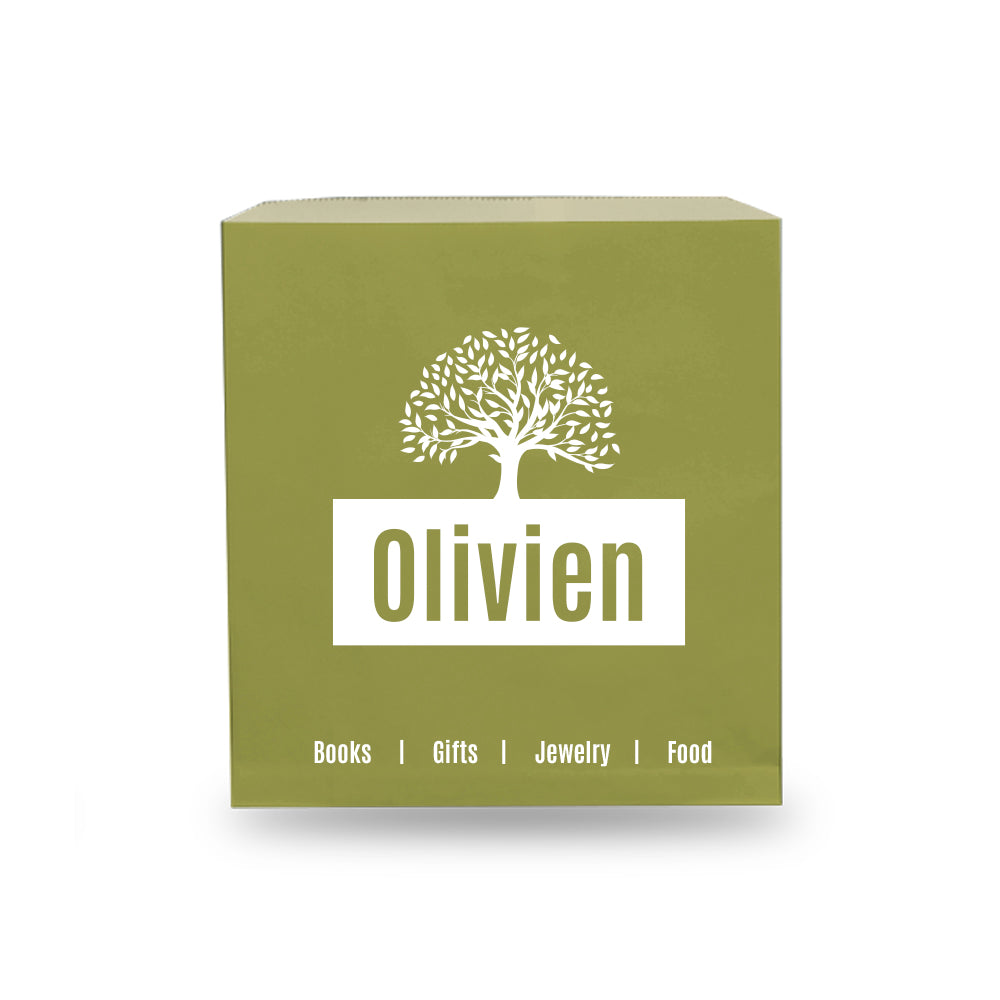Printing on Foil Paper A Guide to Innovative Design and Vibrant Finishes
In the realm of printing technology, the use of foil paper has emerged as a transformative method that elevates the aesthetic appeal of various printed materials. Foil printing, which involves applying a metallic or holographic foil onto a substrate, has gained popularity in an array of applications, including packaging, invitations, business cards, and more. This article explores the advantages, applications, and techniques involved in printing on foil paper, providing insights for businesses and designers looking to create eye-catching products.
The Allure of Foil Paper
One of the primary reasons foil paper is favored in design is its ability to add a touch of luxury and sophistication. The reflective surface of foil can create dramatic contrasts with other materials, making colors pop and catching the light in captivating ways. Whether it’s a shiny gold or a deep matte black, foil can significantly enhance the overall design, making it more memorable and engaging.
Moreover, the tactile experience of foil printing adds an extra layer of interaction for the audience. The metallic finish can appeal to touch and sight, thereby creating a sensory experience that enhances the perception of quality. This is particularly important in competitive markets where standout packaging or marketing materials can influence consumer choice.
Applications of Foil Paper
1. Packaging In the highly competitive world of retail, packaging stands as a critical aspect of branding. Foil printing can be used to highlight logos, product names, or important information, making items instantly recognizable on the shelf. Many luxury goods brands utilize foil to reflect their value, creating packaging that feels premium and exclusive.
2. Invitations and Greeting Cards Foil accents on invitations, greeting cards, and announcements can transform ordinary pieces into treasures. The use of foil can convey elegance and specialness, making them perfect for weddings, anniversaries, or any celebratory event. Designers can use it to highlight names, dates, or decorative elements, adding a personalized touch to each card.
3. Business Cards In the professional world, first impressions count. Business cards printed on foil paper communicate not only professionalism but also a commitment to quality. A foil-stamped logo or border can help a business card stand out in a stack, leaving a lasting impression on potential clients and partners.
4. Promotional Materials Brochures, flyers, and other marketing materials benefit greatly from the inclusion of foil printing. Using foil on specific elements can draw attention to promotional offers or unique selling points, helping to guide potential customers' eyes to the most important information.
printing on foil paper

Techniques for Foil Printing
Foil printing can be achieved through several methods, each offering unique benefits and effects.
1. Hot Foil Stamping This traditional method involves applying heat and pressure to adhere the foil to the printed substrate. It creates crisp and vibrant images, making it suitable for intricate designs. This technique is widely used for high-quality prints, particularly in luxury branding.
2. Digital Foil Printing As technology advances, digital foil printing has emerged as an accessible option for shorter runs and more intricate designs. This method utilizes specialized digital printers that can apply foil without the need for physical dies, allowing for greater flexibility and customization.
3. Screen Printing with Foil In this method, adhesive ink is printed onto the desired area, and then foil is applied over the adhesive. This technique integrates foil into a broader design, allowing for creative effects that combine various printing methods.
Considerations for Foil Printing
Despite its advantages, there are several factors to consider when planning a foil printing project. The choice of substrate is critical; not all papers are suitable for foil printing. Glossy or smooth finishes typically yield the best results. Additionally, the design must be carefully crafted to take advantage of the foil’s reflective properties, ensuring that it enhances rather than overwhelms the overall composition.
Conclusion
Printing on foil paper opens a world of creative possibilities for designers and businesses alike. Its ability to add luxury and visual appeal makes it an excellent choice for various applications, from packaging to promotional materials. As printing technology continues to evolve, the techniques and possibilities for foil printing are expanding, allowing for even more innovative designs. By understanding the advantages and applications of foil paper, creators can successfully leverage this medium to captivate audiences and enhance their brand presence.



